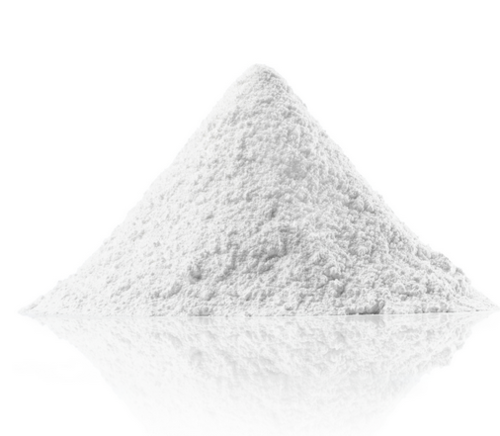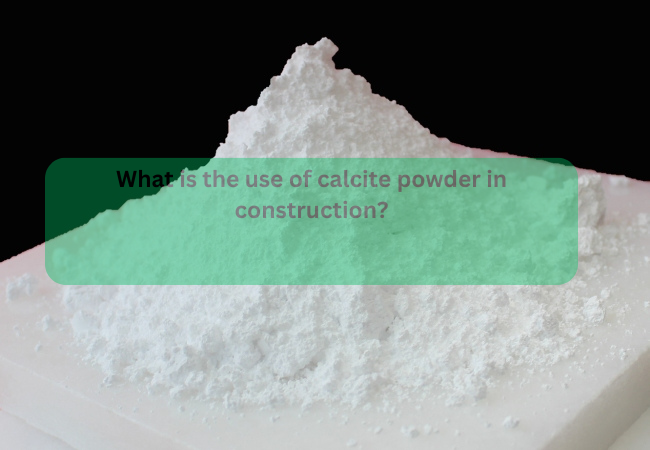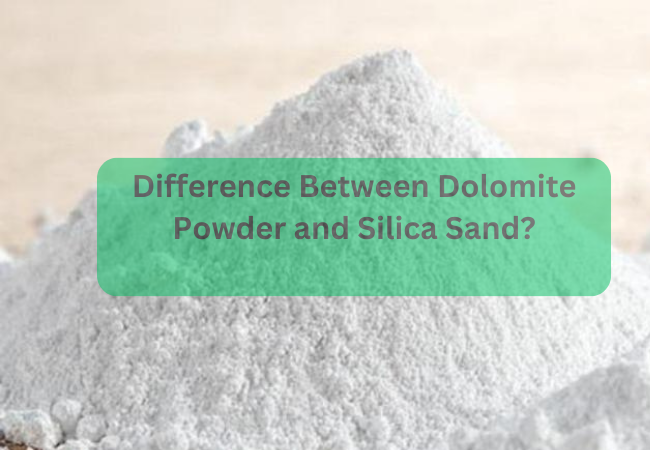- ISO 9001:2015 Certified Company
- +91-9672985402
- info@vasundharamicron.com
What is the difference between dolomite and calcite powder?

Influential Properties of Steatite Powder
July 28, 2022
Best raw material for talcum powder in India?
August 8, 2022Tell us if there's a difference between dolomite and calcite?
The most typical carbonate is calcite, which is made of calcium. All 600 of its beautiful crystal formations are admired. We also utilise limestone, which is a gigantic form of it, in vast quantities.
Calcite is more typical than the calcium, magnesium carbonate known as dolomite. It also crystallises into attractive shapes, though not as many as calcite. Dolostone, which is dolomite in its massive form, is also used. Which raises the following two issues: "How do we differentiate between calcite and dolomite?" as well as "How do we tell limestone from dolostone"?

- Kal dolomite powder and calcite both primarily consist of calcium magnesium carbonates. Due to the magnesium, dolomite is distinct from calcite.
- Calcite interacts with acids quickly, causing bubbles of carbon dioxide to form. Dolomite, however, only weakly and slowly reacts with acids to produce bubbles. They may react quickly when hot acids or powdered dolomite are employed.
Dolomite is denser and slightly harder than calcite.
Dolomites never produce scalenohedrons, although calcite does. Rhombohedrons or curved faces are represented by the dolomite crystal habit.Kal dolomite powder & Dolomite Marble
Dolomite is limestone that contains more than 10% magnesium, while pure dolomite contains more than 45% magnesium. CaCO3.MgCO3 is its chemical formula. The iron and steel industry consumes 90% of it. 4% is used in the fertiliser industry, 2% in the lead industry, and the remainder in alloy and other industries. Dolomite and Kal dolomite powder is widely available in India.Calcium magnesium carbonate (CaMg(CO3))2 makes up the majority of dolomite marble tile composition. Sedimentary rocks frequently contain the mineral. They come in a variety of hues and can reach huge sizes. Dolomite marble are frequently seen in white, grey, and pink hues.
Calcite Marble
Dolomite, natural calcite powder and calcite marble have a similar appearance. They differ in composition, though. Calcium carbonate is the primary component of calcite marble (CaCO3). Metamorphic, igneous, and sedimentary rocks all contain a significant amount of marble. Calcite marble comes in a variety of shapes and colours due to variations in distribution and surroundings. They come in white, pink, yellow, and brownish colours.Calcitic lime and dolomite lime initially appear to be quite similar substances. They both work well to raise the pH in acidic soils and are made from powdered limestone. So what precisely separates dolomitic from calcitic limestone?
These seemingly comparable items really affect your soil in a remarkably distinct way. Dolomite lime contains significant amounts of magnesium along with calcium carbonate, whereas calcitic lime only contains calcium carbonate. This is the main difference.
Magnesium is a crucial mineral for the health of plants. Wouldn't it be wiser to always use dolomite lime just in case the soil need magnesium? anyway unless there is a risk of having too much magnesium. You must be cautious while choosing the right powder for your fields in order to maintain the optimum balance of mag in your soil. This is the difference between dolomite and calcite.
A typical mineral that forms rocks is dolomite. Its chemical formula is CaMg(CO3)2, which indicates that it is a calcium magnesium carbonate. It is the main constituent of the rock formation known as dolomitic marble as well as the rock fragments known as dolostone. Dolomitic limestone is a type of limestone that contains some dolomite.
Modern sedimentary environments rarely include Kal dolomite powder, although dolostones are widely distributed throughout the rock record. They may cover a wide geographic area and range in thickness from hundreds to thousands of feet. The majority of dolomite-rich rocks were originally calcium carbonate muds that underwent post depositional alteration by pore water rich in magnesium to become dolomite.
Carbonate minerals include calcite. It is white and without color, with flashes of gray, yellow, and green. It is the primary component of limestone, marble, and marine species' shells. Dimension stone, mortar, pyramid blocks, sculptures, calcite alabaster for artwork and artifacts, pavement, tiles, construction, acid neutralizer, medical equipment, anti-aircraft weaponry, and index element of Mohs hardness scale of "Three" are the main uses and applications.
Vasundhara Micron is offering Natural Calcite Powder at an affordable price at Udaipur, India Get Latest Price. Inquiry Now!




